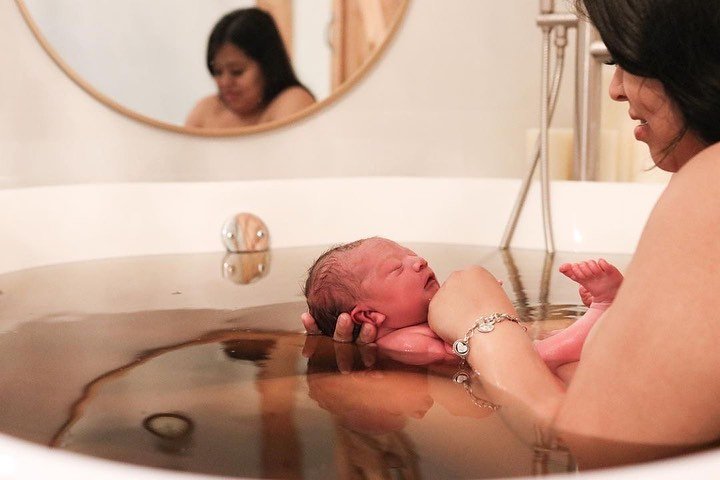
About
The Coalition of Texas Birth Centers is a Texas state affiliate to the American Association of Birth Centers. We are a collaborative organization that brings together birth centers, midwives, healthcare professionals, advocates, and stakeholders with the shared goal of advancing birth center care and improving maternal health outcomes in Texas. The coalition serves as a unified voice for birth centers across the state. We are advocating for policies and initiatives that support access to safe, high-quality childbirth options for all women and families.
History of Texas Birth Centers
The history of birth centers in Texas dates back to the late 1970s and early 1980s when the natural childbirth movement gained momentum across the United States. During this time, there was a growing interest in providing alternative birthing options outside of traditional hospital settings, with a focus on promoting natural childbirth and empowering women during labor and delivery.
The earliest birth centers in Texas was established by Franciscan nun, Sr. Angela Murdaugh CNM in 1972 at Su Clinica Familiar in Raymondville. Birth centers followed in Harlingen at Su Clinica Familiar in 1977, Brownsville at the Brownsville Community Health Center in 1980, and Weslaco at Holy Family Birth Center in 1983.
These early birth centers were founded by a groups of midwives and childbirth educators, to provide women with a supportive and homelike environment for childbirth while offering midwifery care and natural birthing options. These birth centers served primarily indigent families. In the following years, more birth centers began to emerge in Texas, driven by the increasing demand for alternatives to hospital births and the growing recognition of the benefits of midwifery-led care. These birth centers offered a unique approach to childbirth and maternal care.
Throughout the 1990s and early 2000s, the birth center movement continued to grow in Texas, with new facilities opening in cities such as Austin, Dallas, and San Antonio. These birth centers played a crucial role in promoting natural childbirth, supporting women's choices in childbirth, and providing comprehensive prenatal, childbirth, and postpartum care.
In recent years, while birth centers in Texas have continued to thrive in providing alternative birthing options, there have been challenges related to reimbursement rates and accessibility. Birth centers often face lower reimbursement rates compared to hospitals, which can limit their ability to provide services to a broader demographic. As a result, birth centers have primarily served more affluent women who can afford out-of-pocket expenses or who have private insurance coverage for midwifery-led care.
This disparity in access to birth center care has raised concerns, particularly regarding its impact on the maternal mortality rate in Texas. The state has been grappling with alarmingly high maternal mortality rates, disproportionately affecting women of color and those from underserved communities. The limited availability of birth centers, coupled with their predominantly affluent clientele, has contributed to the lack of accessible, high-quality maternal care for vulnerable populations.
Addressing this disparity requires addressing systemic issues related to healthcare access, reimbursement policies, and disparities in maternal health outcomes. Efforts to increase Medicaid reimbursement rates for birth center care, expand insurance coverage for midwifery services, and improve access to birth centers in underserved communities are essential steps toward reducing maternal mortality rates and ensuring equitable access to quality maternal care for all women in Texas. By addressing these challenges, birth centers can play a more significant role in improving maternal health outcomes and promoting healthcare equity across the state.

